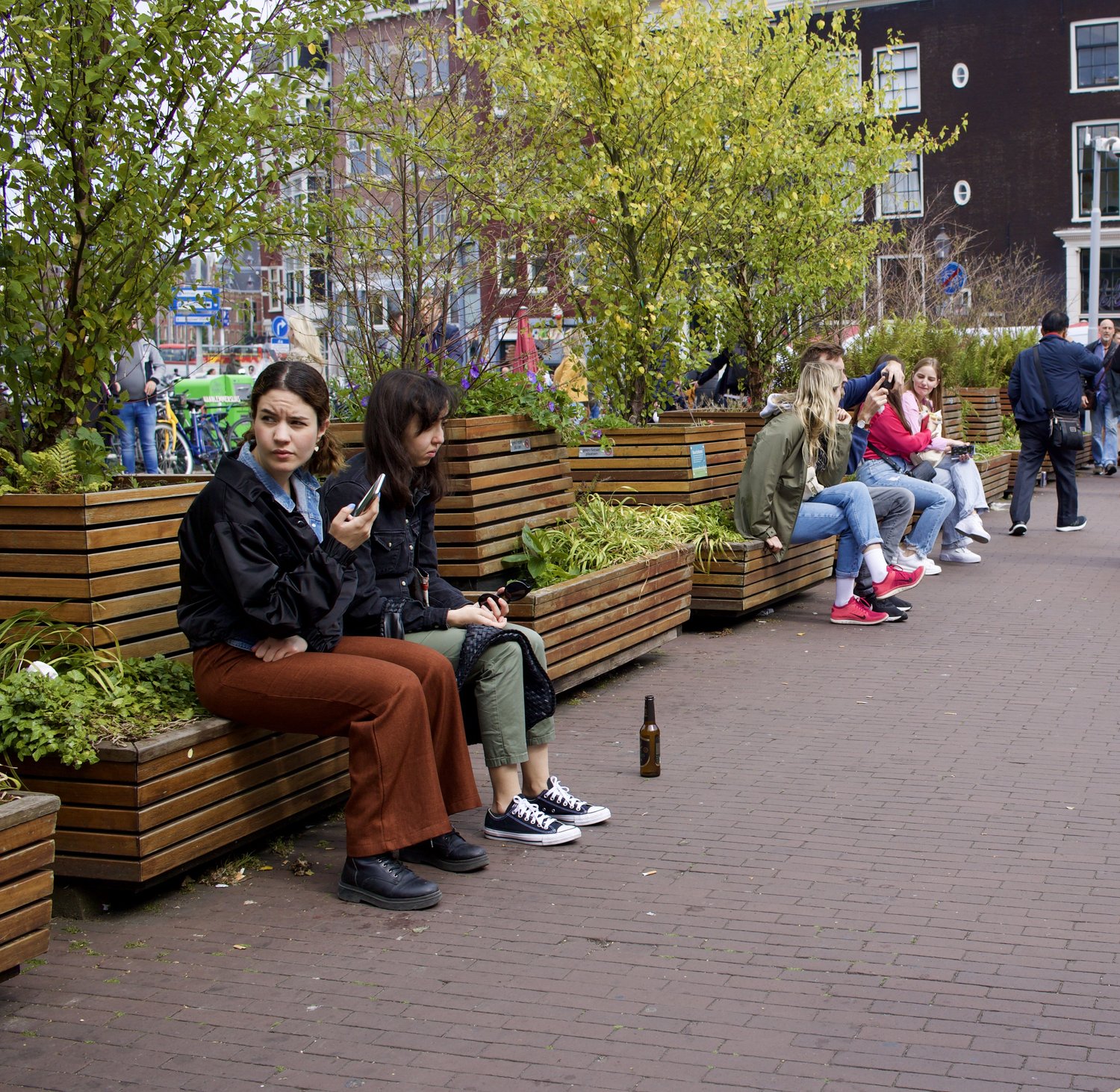מושגי ליבה
The author argues that the lack of public spaces designed with the needs of teen girls in mind leads to their exclusion and discomfort in these areas, impacting their social, physical, and mental development. By highlighting successful initiatives from European organizations, the author advocates for creating spaces that cater to the specific needs of teen girls.
תקציר
Teen girls have unique needs that are often overlooked in public space design, leading to feelings of exclusion and insecurity. Initiatives like Make Space for Girls in the UK aim to create comfortable and accessible spaces where teen girls can chat, linger, and socialize. Research shows that incorporating seating arrangements like semi-circles and multilevel platforms can enhance interaction among teen girls in public spaces.
How to Build Public Spaces for Teen Girls — Women in Urbanism Canada
סטטיסטיקה
Teen girls feel ten times less secure in public spaces.
Men already dominate 80% of public spaces.
Make Space for Girls campaign aims to design parks and public spaces for teen girls.
ציטוטים
"if teenagers use them they are seen as invaders." - Susannah Walker
תובנות מפתח מזוקקות מ:
by Sharee Hochm... ב- www.womeninurbanism.ca 02-26-2024
https://www.womeninurbanism.ca/words/how-to-build-public-spaces-for-teen-girls
שאלות מעמיקות
How can urban planners better incorporate the needs of marginalized groups like teen girls into public space design
Urban planners can better incorporate the needs of marginalized groups like teen girls into public space design by actively involving them in the planning process. This could include conducting focus groups, surveys, and consultations specifically targeting teen girls to understand their preferences and requirements for public spaces. By listening to their input and incorporating it into the design phase, urban planners can ensure that these spaces are inclusive and cater to the unique needs of this demographic.
Additionally, urban planners should prioritize creating diverse and flexible spaces that accommodate a variety of activities preferred by teen girls. This could involve incorporating features such as seating areas designed for socializing, green spaces for relaxation, and recreational facilities that promote physical activity. By considering the specific needs and behaviors of teen girls in public space design, urban planners can create environments that are welcoming, safe, and conducive to their well-being.
What are some potential drawbacks or challenges in creating separate spaces for different demographics within public areas
Creating separate spaces for different demographics within public areas may pose some potential drawbacks or challenges. One challenge is the risk of reinforcing segregation or exclusion within communities by dividing public spaces based on age or gender. This could lead to further marginalization of certain groups and limit opportunities for interaction and social cohesion among community members.
Another drawback is the allocation of resources towards developing separate spaces for different demographics may result in inequitable distribution of amenities within a city. It could lead to disparities in access to quality public spaces based on age or gender, perpetuating existing inequalities within society.
Furthermore, maintaining separate spaces for different demographics may require additional maintenance costs and management efforts which could strain limited municipal budgets. Balancing the need for inclusive design with creating specialized areas tailored to specific groups poses a significant challenge for urban planners seeking to create equitable public spaces.
How can the concept of inclusivity in urban planning be applied to other age groups or marginalized communities
The concept of inclusivity in urban planning can be applied to other age groups or marginalized communities by adopting a holistic approach that considers diverse perspectives and experiences in designing public spaces. Urban planners can engage with various community stakeholders representing different age groups, ethnicities, abilities, socioeconomic backgrounds etc., ensuring that all voices are heard during the planning process.
By prioritizing universal design principles that accommodate a wide range of users' needs regardless of age or background (such as accessibility features), urban planners can create inclusive environments where everyone feels welcome and valued. This approach promotes social integration while addressing systemic barriers faced by marginalized communities in accessing public amenities.
Moreover, fostering collaboration between residents from different demographic groups through mixed-use developments or shared community hubs encourages intergenerational interactions and mutual support networks. By promoting diversity within neighborhoods through inclusive planning practices, cities can cultivate vibrant communities where individuals from all walks of life feel included and empowered.
0
